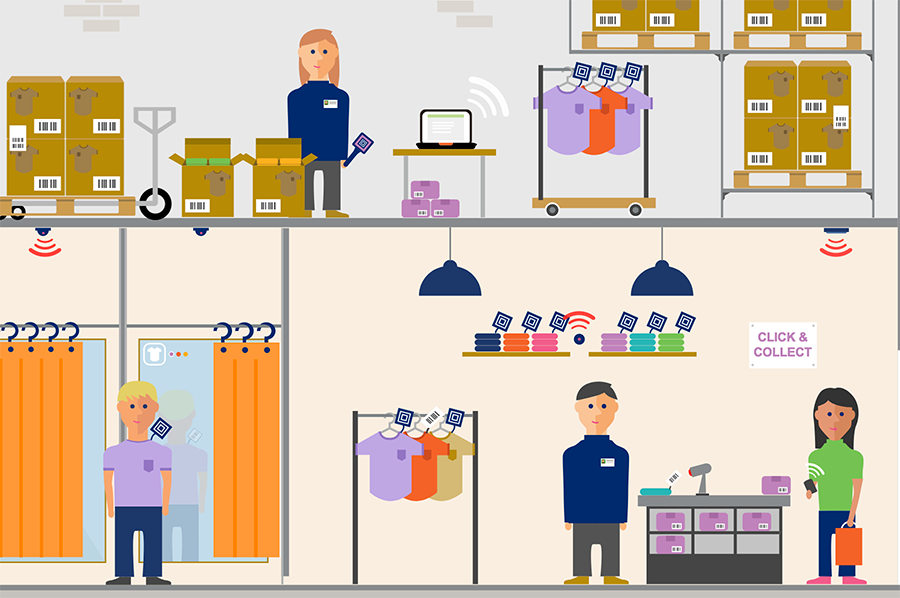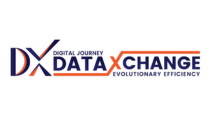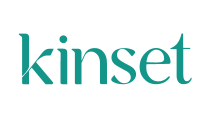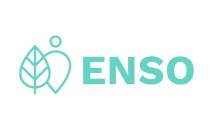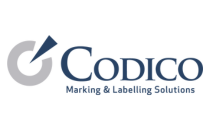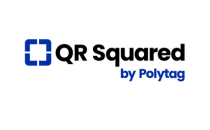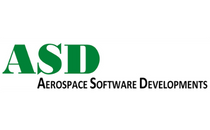- Home
- Barcode Information
- Barcode Types
Loading...
The GS1 ID system ensures reliable barcodes
The barcodes you use are built on our system of standardised identification types. These are most commonly used for product, shipment and location identification.
There are various types of GS1 Identification types available for different uses.
Once a product or place of consignment is identified with a GS1 number types, this data can easily be shared through the supply chain through barcodes.
Our system ensures your product data is trustworthy and sharable
GS1 Identification Keys give organisations an efficient way to access information about items in their supply chains, and to share this information with trading partners.
These identification numbers (e.g. GTINs) are the number you see underneath the barcode symbol—and this the same number that's encoded in the lines and spaces that the scanner reads in the barcode symbol.
There are many types of GS1 identification keys and symbols, below are some of the more commonly used versions.
| ITEM TYPE | COMMON USAGE | GS1 IDENTIFICATION KEY | COMMON GS1 BARCODE SYMBOL | |
 |
Retail Items | Items sold to consumers, at the retail point of sale. Typically sold as individual, or base items. | GTIN (Global Trade Item Number) |
EAN 13 |
 |
Traded Units | Used on higher packaging levels. e.g. groupings or cases of product exchanged between two commercial trading partners. Commonly known as outer cases and the bar codes used are usually called outer case barcodes | GTIN (Global Trade Item Number) |
ITF 14
|
 |
Logistics & Shipping | Used for transportation and warehousing. Used to identify 'larger' logistics units, outer cases, pallets or entire shipments. | SSCC (Serial Shipping Container Code) |
GS1-128
|
 |
Parties & Locations | Identifies locations (physical, operational) and parties (legal entities & organisation). Typically used for retrieving master data and are a critical part of EDI. | GLN (Global Location Number) | N/A |
See the full list of Identification Numbers here.
In Ireland, GS1 Ireland manages the GS1 System on behalf of our members. These member company prefixes and barcode numbers begin with 539 and are the only authorised barcode numbers in Ireland.
GS1 Ireland manages several types of barcodes, each with different purposes depending on where they will be scanned and what types of data they need to hold.
GS1 Identification: GTIN (Global Trade Item Number)
GTINs are used to identify any trade item (product or service) at any point in a supply chain. They are most regularly used for products that are sold at retail point-of-sale, outer cases and for e-commerce.
There are 4 different types of GTINs, the most common is GTIN-13.
All GTINs contain your company prefix (GCP), the item reference and a check digit. Some GTINs may have a zero placed at the start of the number, before your GCP, these are called leading zeros. Leading zeros are 'filler characters' for shorter GTINs.

GTINS can be used for retail and shipping.
The most common barcode symbol used to share GTINs in retail is an EAN 13. The most common barcode symbol used to share GTINs on outer cases for warehousing is an ITF 14.
GS1 Identification Number: SSCC (Serial Shipping Container Code)
SSCCs are typically used to identify outer cases, pallets or entire shipments. A logistic, or shipping unit - items that are transported and/or stored, and needs to be tracked or traced through the supply chain.
SSCCs are a fixed length 18-digit number composed of an Extension Digit, a GS1 Company Prefix GCP, the Serial Reference and a Check Digit.

The barcode symbol used to encode and share SSCCs is the GS1-128.
GS1 Identification Numbers are also commonly used for locations, relationships and documents,
Not all of these have scannable barcode symbols, and their data may be shared in other ways.
All of these additional identifiers create the common language of accessible, accurate data sharing.
- Locations – Global Location Number (GLN)
- Assets – Global Individual Asset Identifiers (GIAI), Global Returnable Asset Identifiers (GRAI)
- Service relationships – Global Service Relationship Number (GSRN)
- Coupon Numbers - Global Coupon Number (GCN)
- Components or Parts - Component/Part Identifier (CPID)
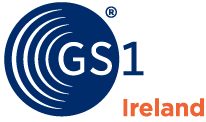






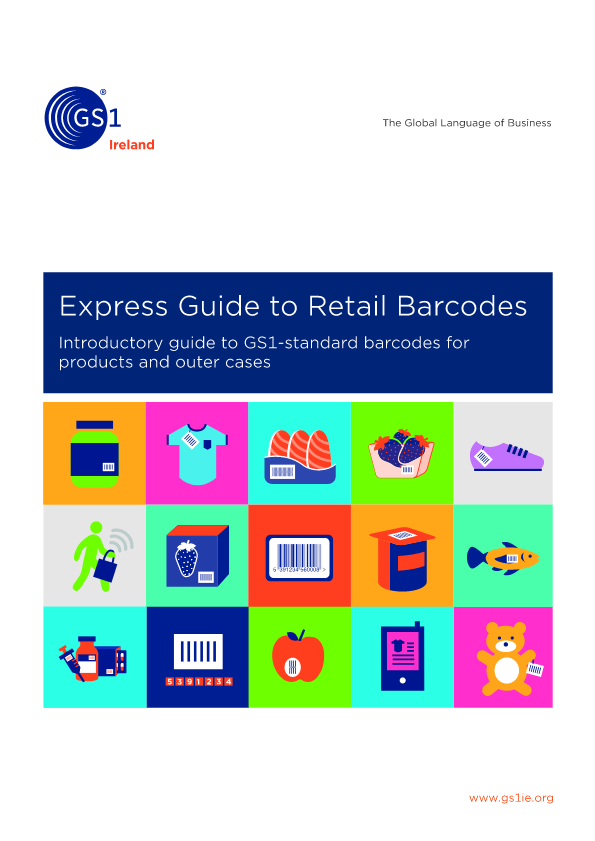
.png)
